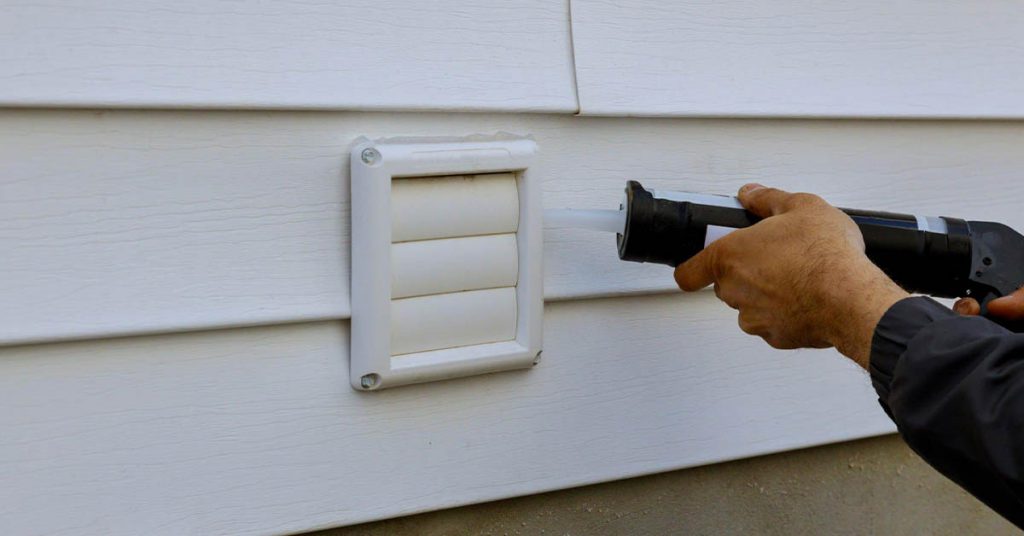The duct system in your house is practically a filtration system that keeps your air clean and circulating. To perform as it should, the duct system has to be without cracks, dents, and punctures, as anything that disrupts the system can cause malfunction.
The U.S. Department of Energy pinpoints energy and money loss as the key consequences of faulty duct systems. To ensure the air duct system in your home is running as it should, tending to visible damage immediately can make all the difference.
Keep on reading to learn about duct sealing methods to use, as well as where to find reliable sealing duct leaks service in Colorado.
What Exactly is Duct Sealing?

In a nutshell, dust sealing refers to the insulation and sealing of air duct metal units throughout the home, which carry air-conditioned air. The system is typically installed in walls, basements, and attics. Speaking of duct sealing, it’s important to understand that your house’s air duct system largely depends on the extreme temperature swings outside.
Sealing air ducts means repairing any cracks, crevices, and other damages to the ducts that practically make it impossible for air to pass through properly.
Duct Sealing Methods
There are three main duct sealing methods to help you deal with faulty air ducts. Let’s have a closer look at each separately.
Duct Sealing Tape
HVAC duct sealing tape is one of the most commonly used sealants. You’ll also find this tape as aluminum foil tape, which is HVAC duct sealing tape, readily available for purchase at any hardware store. Sealing air ducts with tape is time-efficient, but it can easily get messy and won’t last as long as other duct sealing methods.
If the air duct system in your home tends to collect dust or grease often, the tape simply won’t hold up. Yet, if you don’t prefer using duct sealing tape, use either butyl, foil, or other duct sealing tape marked UL; that logo means the tape is warranted for residential ductwork use.
Mastic Duct Sealant
Mastic duct sealant is practically a slimy component that hardens upon application. If you use this method to seal the air ducts, you can simply use a regular paintbrush to coat the ducts. Before you use mastic duct sealant, remember that the substance isn’t the same as a typical duct seal. The latter is used on the house’s exterior, around wires, cracks, and other structural damages, and is not intended for indoor use.
If you’d rather have professionals inspect your air duct system, you won’t have to choose the duct sealing method; they will decide which one will work best for the given situation.
Aeroseal Duct Sealant
This type of duct sealing method uses particular patented technology that will apply pressure to every leak and identify every leak in the duct system. This one is probably the most efficient of the three methods we mentioned.
As a meticulous duct-sealing method, aero-sealing uses technology and science to develop diagnostics and repairs most efficiently. As opposed to the messy application of mastic duct sealants, aero-sealing the ducts is a spotless process.
A duct technician will inspect the duct system and block the vents and registers so the pressurizing process of the duct system can commence. After pressurizing the system, the technician will use computer technology to pinpoint all the cracks, holes, and leaks in the system. Lastly, mastic sealant is distributed through the ductwork.
Aeroseal Colorado: The Number One Sealing Duct Leaks Service in Colorado
Besides knowing the best duct sealing methods for your ductwork, we at Aeroseal Colorado are also the leaders in in-home air duct inspection and many more top-notch services. Whether you need your ductwork cleaned, repaired, or sealed, you know we’ll tackle the issue in no time.
